Green Certifications: Global Organic Textile Standard (GOTS)
WLLW explores the Global Organic Textile Standard as a hallmark of environmental and social responsibility in textile production.
WLLW explores the Global Organic Textile Standard as a hallmark of environmental and social responsibility in textile production.

WLLW examines OEKO-TEX Standard 100, a key certification that safeguards against toxic substances in textiles, responding to consumer demand for healthier products.

WLLW explores how Greenguard Certification can allow you to make healthier choices for the products you bring into your home.

WLLW explores how age-old architectural techniques from some of the world’s warmest areas can help us create sustainable homes that are comfortable even in extreme heat.

WLLW examines the role of the Forest Stewardship Council in advancing responsible forestry practices that maintain biodiversity and support community livelihoods.
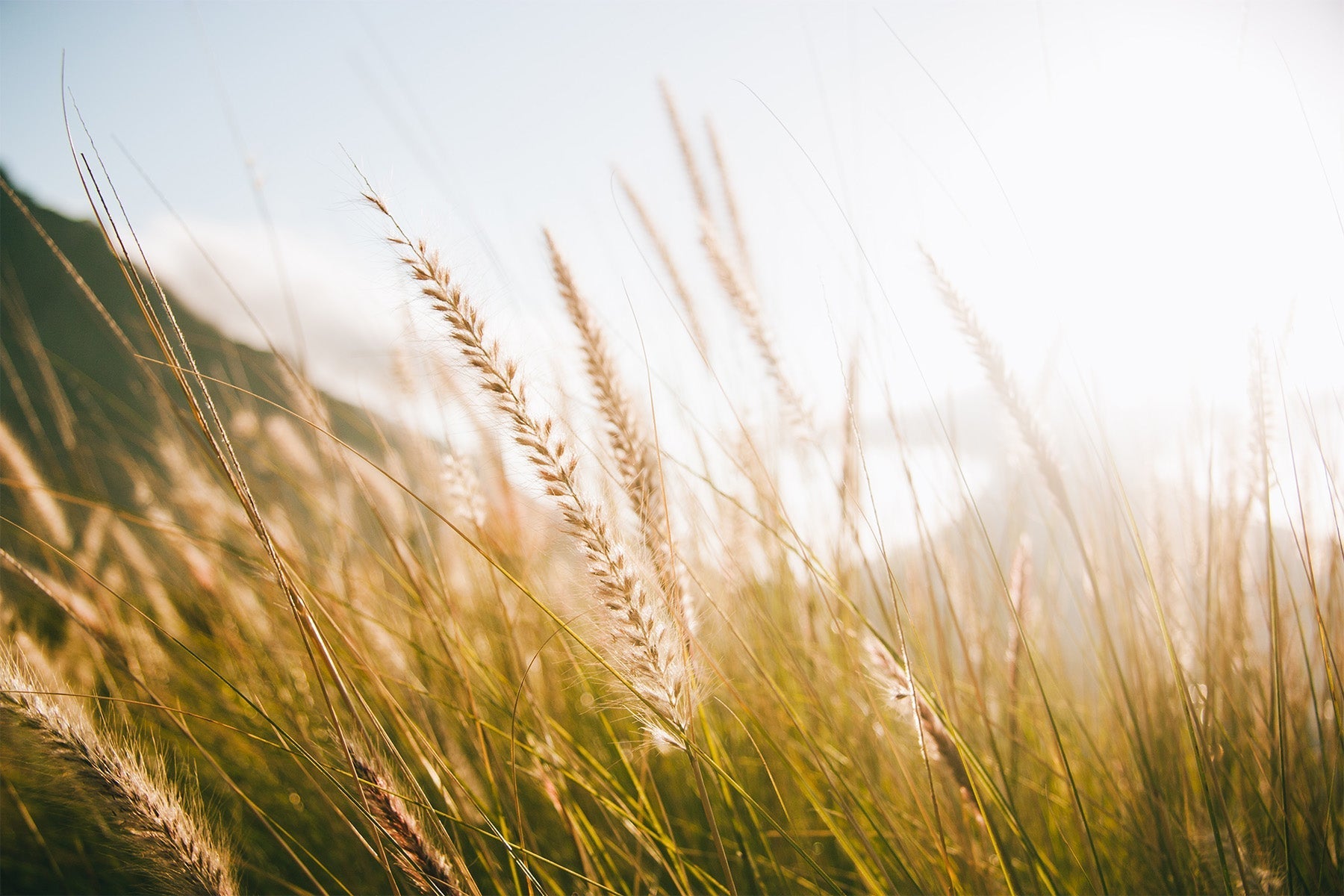
WLLW delves into Declare label and the Red List as the demand for sustainable and healthy products intensifies, alongside the mounting pressure for transparent information for specifiers and consumers.

WLLW takes a look at the Living Product Challenge, a green framework and certification program that elevates product sustainability standards.
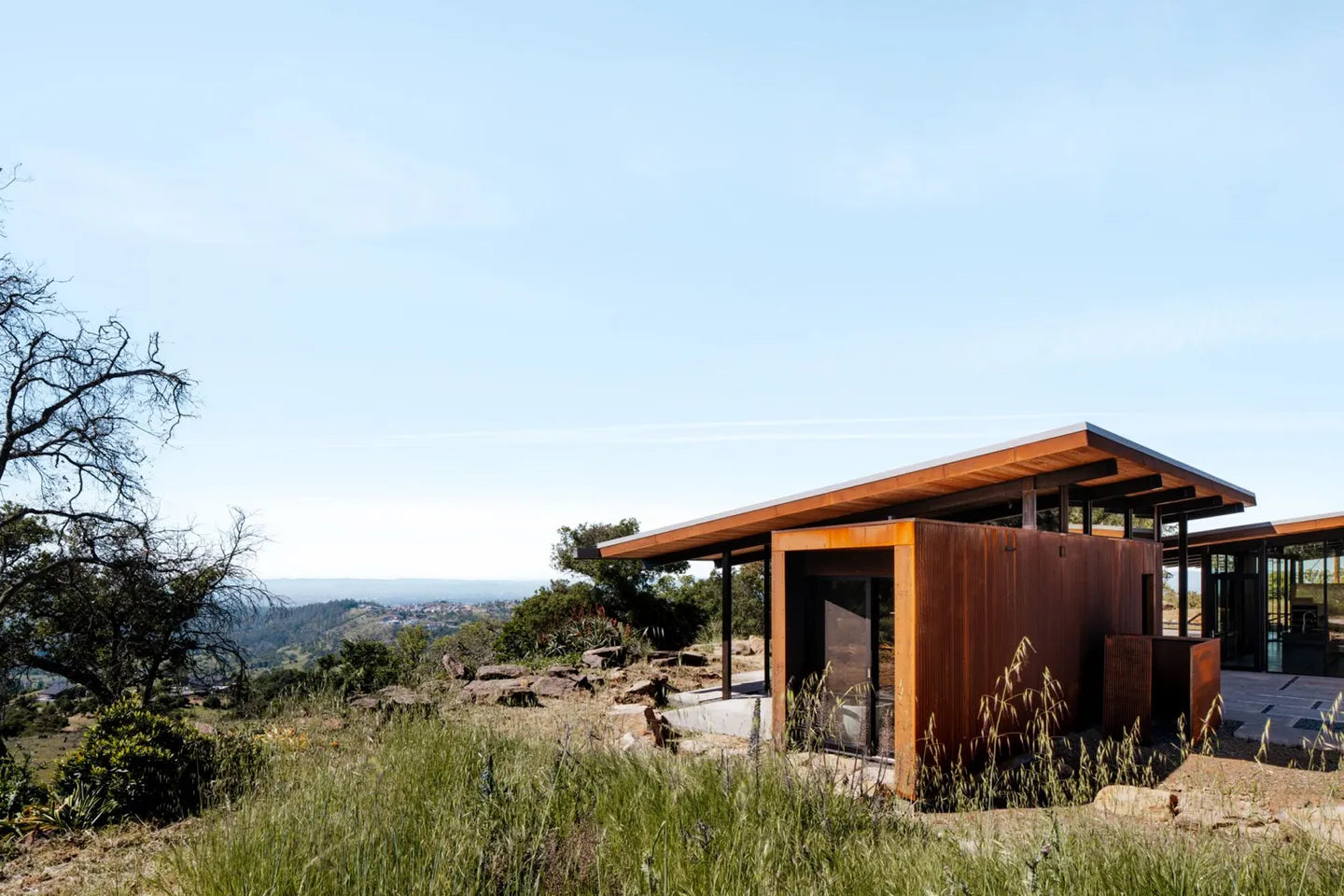
In this second of our two articles we consider how to safely clear and restore your home post-disaster while prioritizing your health.
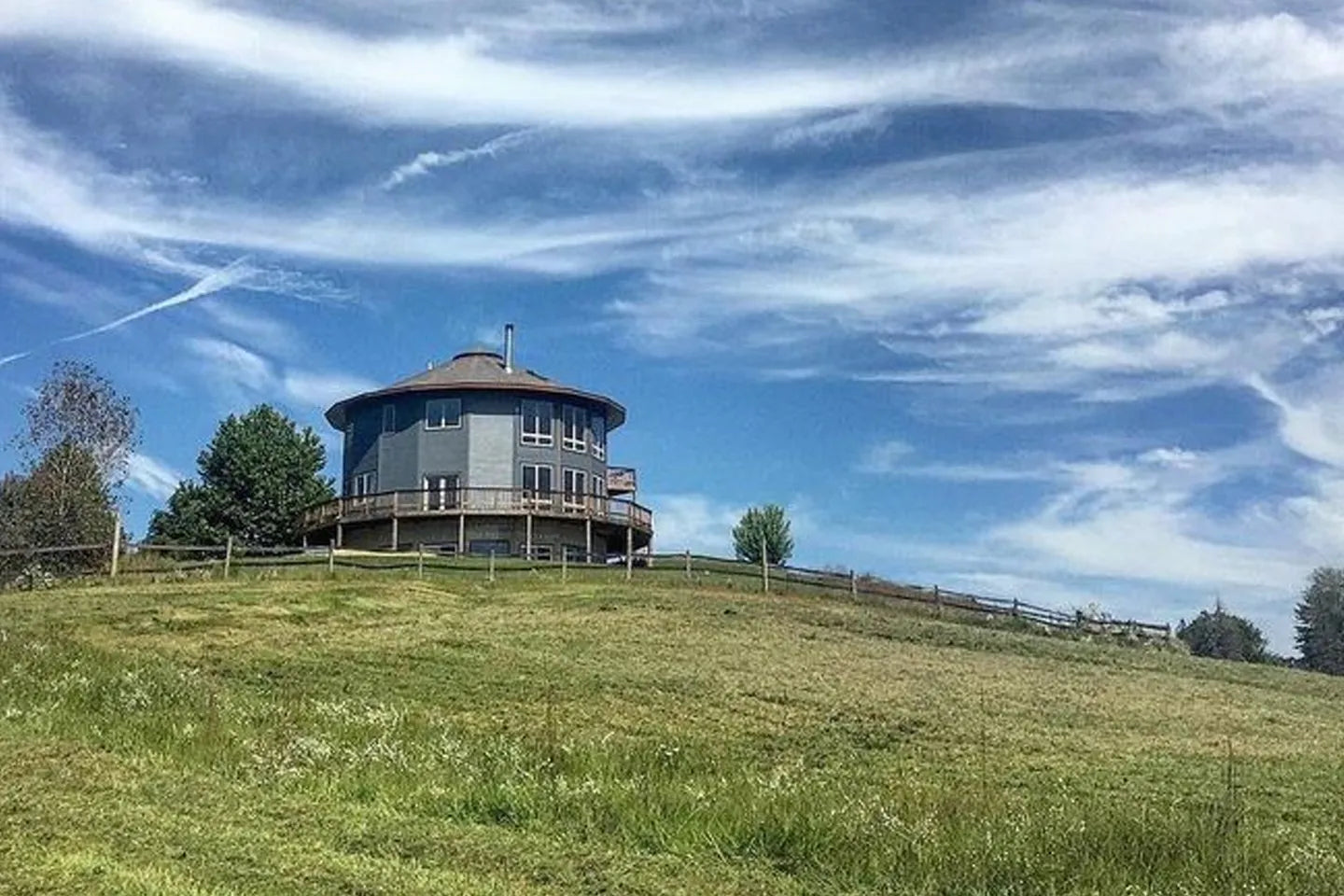
The rising tide of environmental crises poses a risk to many regions around the world. This first article in our two-part feature examines the impact that natural disasters have on individuals, homes and communities.
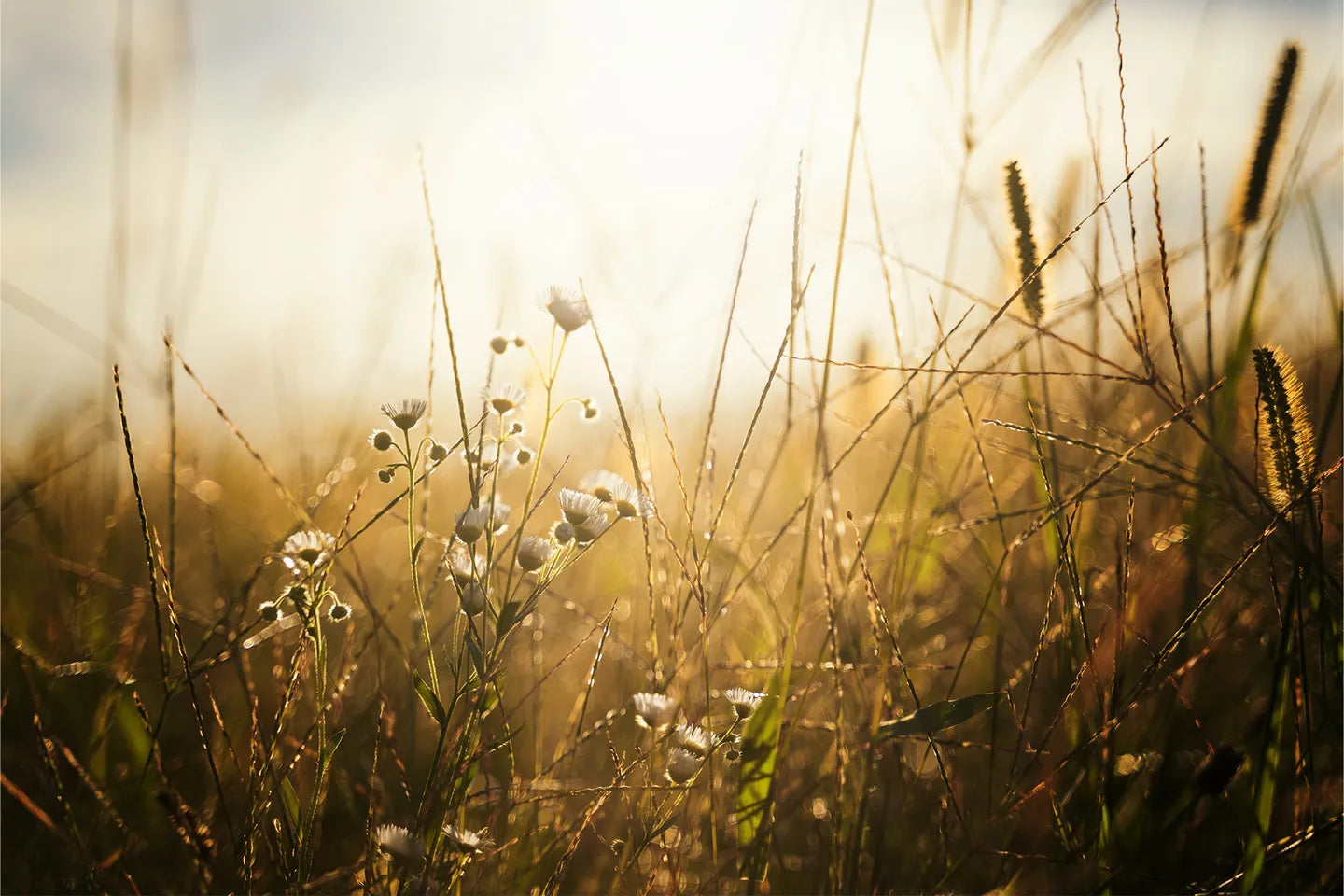
WLLW explores how HPDs empower healthy, sustainable construction by providing transparency in material selection.
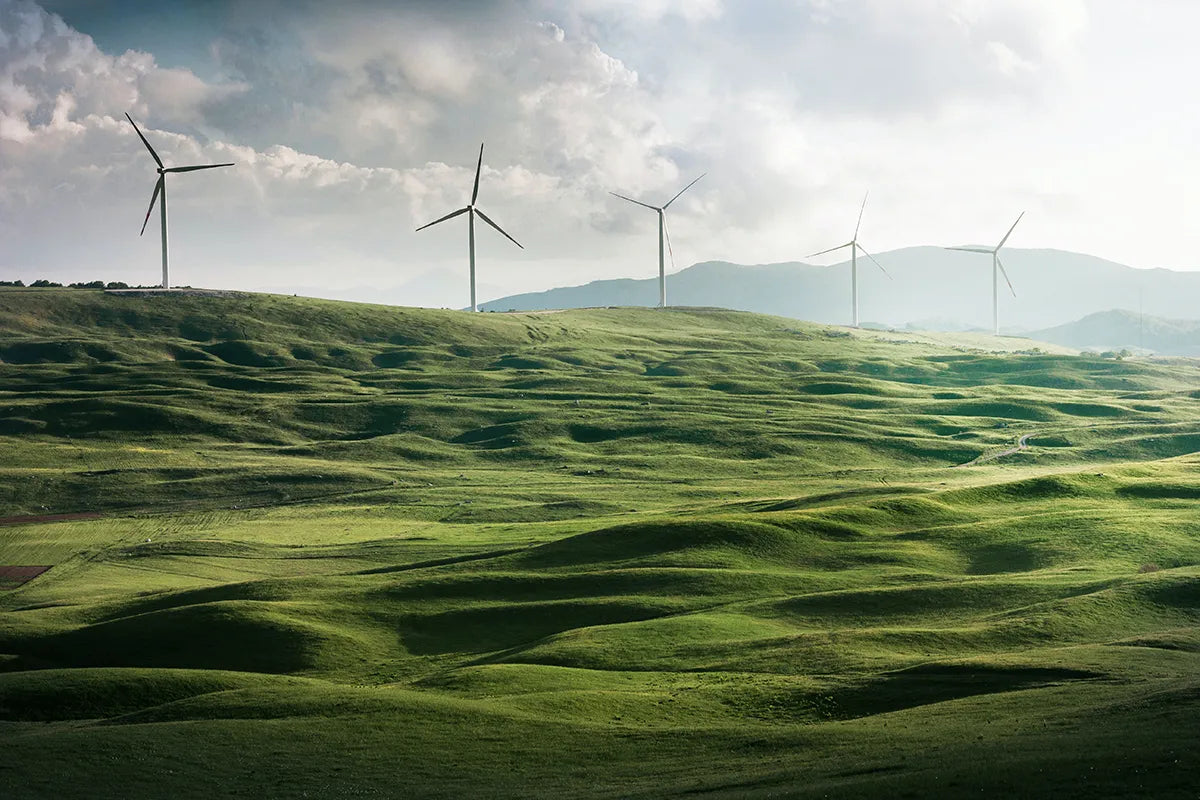
WLLW takes a closer look at the green certification Cradle to Cradle which takes inspiration from the natural world, where there is no concept of waste.

We take a closer look at PFAS, uncovering their persistent presence in our homes, guiding you through the health and environmental impacts and the protective measures you can take.